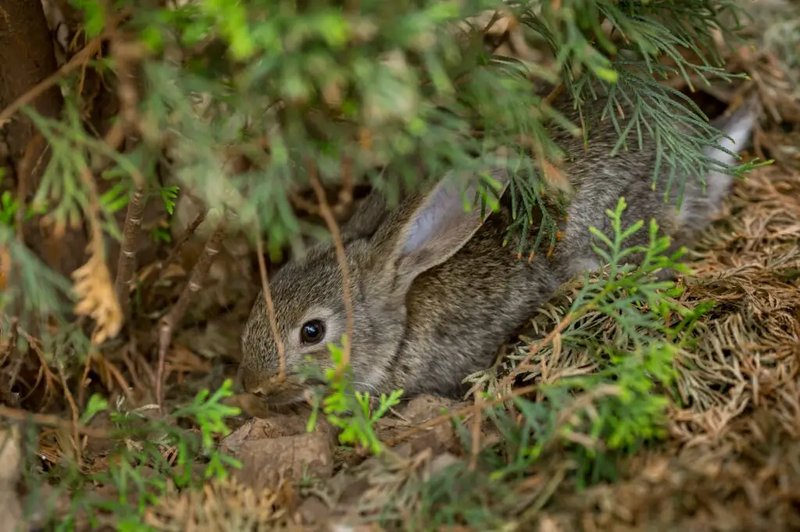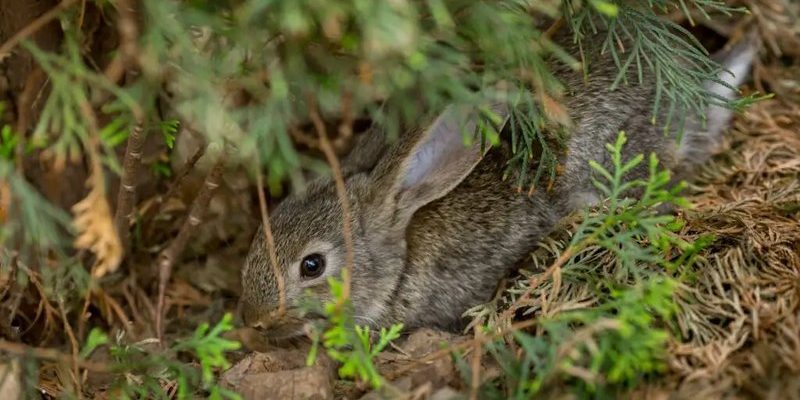
Rabbits are herbivores, which means their diet mainly consists of plants. But what do they actually eat, and how do they stay safe from predators while they munch? These little critters have developed some interesting ways to find food and avoid becoming someone else’s dinner. Let’s explore their eating habits first and then shift our focus to their survival tactics.
What Do Rabbits Eat?
Rabbits have a diverse diet that often surprises people. While you might think they only eat carrots, their main staples are actually grasses, hay, and leafy greens. These foods provide the fiber rabbits need for digestion and overall health. Just like we need a balanced diet, so do they!
In the wild, rabbits forage for a variety of plants. Some favorites include:
- Grasses
- Herbs like clover and dandelion
- Leafy vegetables such as kale and spinach
- Fruits in moderation, like apples and berries
Rabbits also have a unique digestive system that allows them to make the most out of their food. They practice something called cecotrophy, which means they eat their soft droppings to extract even more nutrients. If you’ve ever seen a rabbit “snacking” on its waste, don’t be shocked! It’s just being smart and thrifty with its diet.
How Do Rabbits Forage for Food?
Foraging is a critical part of a rabbit’s daily life. They typically do this during dawn and dusk, which is called crepuscular feeding. This timing helps them avoid the heat of the day and reduces the risk of being spotted by predators. Imagine sneaking out for a midnight snack—only rabbits do it at twilight!
When they forage, rabbits are constantly on the lookout. Their large ears can swivel to pick up sounds from all directions, while their keen eyesight allows them to spot movement even in low light. It’s like having a built-in alarm system! The key to a rabbit’s success is its ability to balance foraging with vigilance.
Rabbits often nibble on the same patch of grass or plants repeatedly, so they instinctively know which areas are safe for eating. You might wonder how they can tell when it’s safe to munch. Well, rabbits are social animals and often forage in groups. This way, there’s always someone watching for danger while others feed. Teamwork really does make the dream work!
Predators of Rabbits
Unfortunately, with their tasty diets come many hungry predators. Rabbits have a variety of natural enemies, including:
- Foxes
- Hawks
- Bobcats
- Snakes
Each of these predators poses a different threat, which is why rabbits have developed some clever hunting strategies to stay alive. It’s a constant game of cat and mouse—a pretty intense one for our fluffy friends!
Hunting Strategies of Rabbits
Rabbits rely on their quick reflexes and amazing jumping abilities to escape predators. They can sprint up to 35 miles per hour in short bursts! Imagine trying to catch a fluffy white blur—it’s no easy task!
One of the most interesting strategies they use is the zigzag run. When a rabbit is being chased, it will dart and change direction rapidly, making it hard for predators to keep up. Think of it like trying to catch a car during a game of tag on an obstacle course—it’s tricky!
Additionally, rabbits will often freeze in place when they sense danger. They rely on their fur’s camouflage to blend into their environment, making them nearly invisible. A still rabbit is often harder to spot than you might think.
Creating Safe Spaces
Rabbits also dig burrows to create safe spaces. These underground homes provide shelter from predators and harsh weather. You might think of a burrow as a cozy underground apartment with multiple rooms and escape routes.
In the wild, rabbits live in colonies, which can have complex tunnel systems. These burrows not only offer safety but also keep them close to these delicious food sources. The more the merrier, right?
When rabbits feel threatened, they can quickly retreat to these burrows, disappearing from sight in moments. It’s like having a secret hideout that no one knows about!
Rabbits In Our Ecosystem
Rabbits play a crucial role in their ecosystems. They help control plant growth through their grazing, preventing certain species from taking over. Think of them as nature’s gardeners!
Moreover, they serve as a food source for many animals. Without rabbits, many predators would struggle to find enough to eat. This balance is essential for maintaining healthy habitats and ecosystems.
You might also find rabbits help with soil health. Their waste is a natural fertilizer that enriches the soil, promoting growth for plants. So, next time you see a rabbit munching on grass, remember it’s not just eating; it’s also nurturing the environment!
Rabbits are much more than cute animals hopping around. Their diets and hunting strategies are fascinating and vital to their survival. From their diverse eating habits to their clever tactics for escaping danger, these little creatures showcase the beauty of adapting to nature.
Understanding the diet and hunting strategies of the rabbit helps us appreciate their role in ecosystems. Plus, it reveals just how resourceful and resilient they are. So the next time you spot a rabbit, take a moment to admire its cleverness and the important place it holds in the natural world. It’s a reminder of how every creature plays a part in this big, beautiful tapestry of life!

